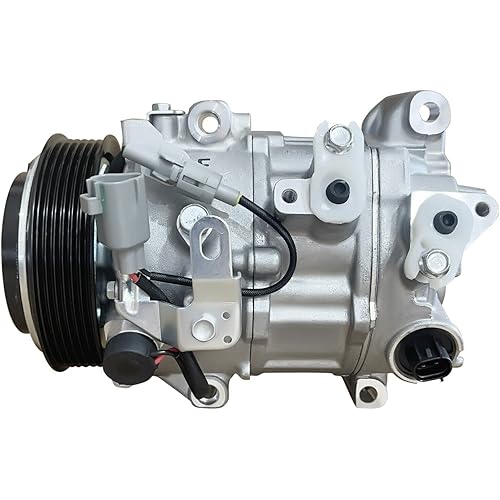


Buy Now, Pay Later
- – 6-month term
- – No impact on credit
- – Instant approval decision
- – Secure and straightforward checkout
Ready to go? Add this product to your cart and select a plan during checkout.
Payment plans are offered through our trusted finance partners Klarna, Affirm, Afterpay, Apple Pay, and PayTomorrow. No-credit-needed leasing options through Acima may also be available at checkout.
Learn more about financing & leasing here.
This item is eligible for return within 30 days of receipt
To qualify for a full refund, items must be returned in their original, unused condition. If an item is returned in a used, damaged, or materially different state, you may be granted a partial refund.
To initiate a return, please visit our Returns Center.
View our full returns policy here.
Recently Viewed
Features
- New Compressor w/Clutch
- Pulley Belt Type: Serpentine
- Mounting Type: Bolt Tangent
- Compressor Mount Hole Quantity: 4
- Fit type: Vehicle Specific
Description
Denso 471-0316 New Compressor with Clutch
Manufacturer: Denso
Brand: Denso
Model: Compressor
Item Weight: 12 pounds
Item model number: 4710316
Is Discontinued By Manufacturer: No
Exterior: Machined
Manufacturer Part Number: 4710316
Date First Available: January 2, 2007
Frequently asked questions
To initiate a return, please visit our Returns Center.
View our full returns policy here.
- Klarna Financing
- Affirm Pay in 4
- Affirm Financing
- Afterpay Financing
- PayTomorrow Financing
- Financing through Apple Pay
Learn more about financing & leasing here.






















